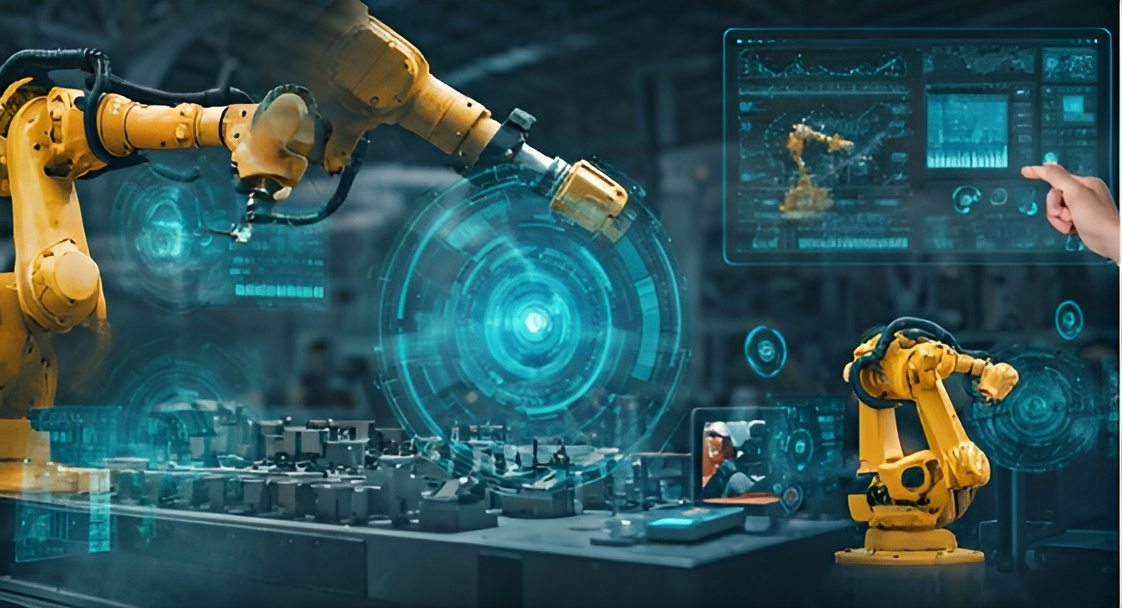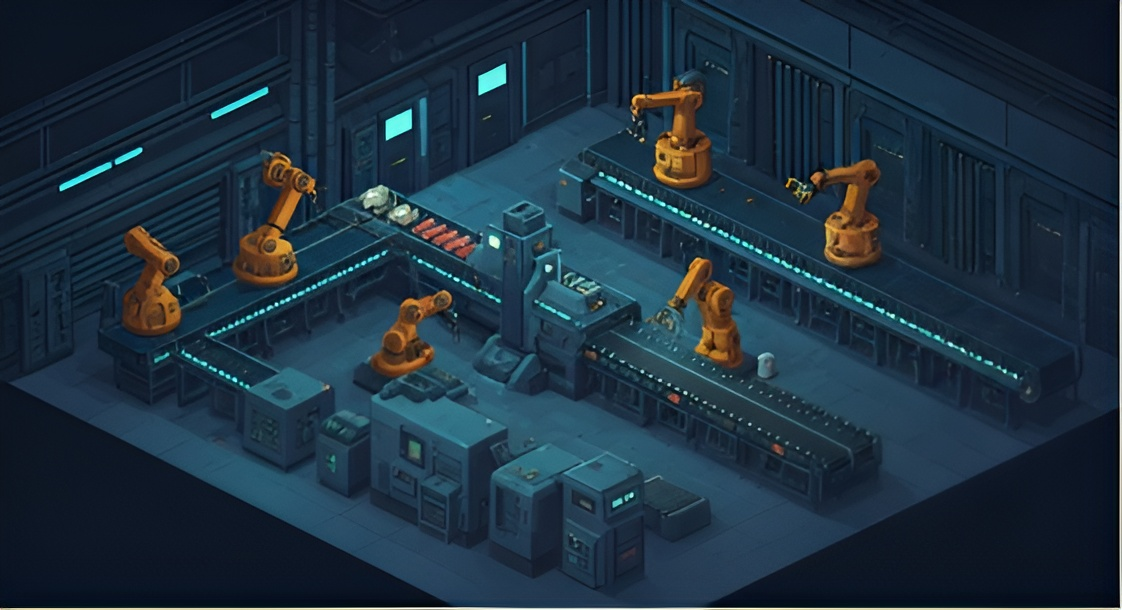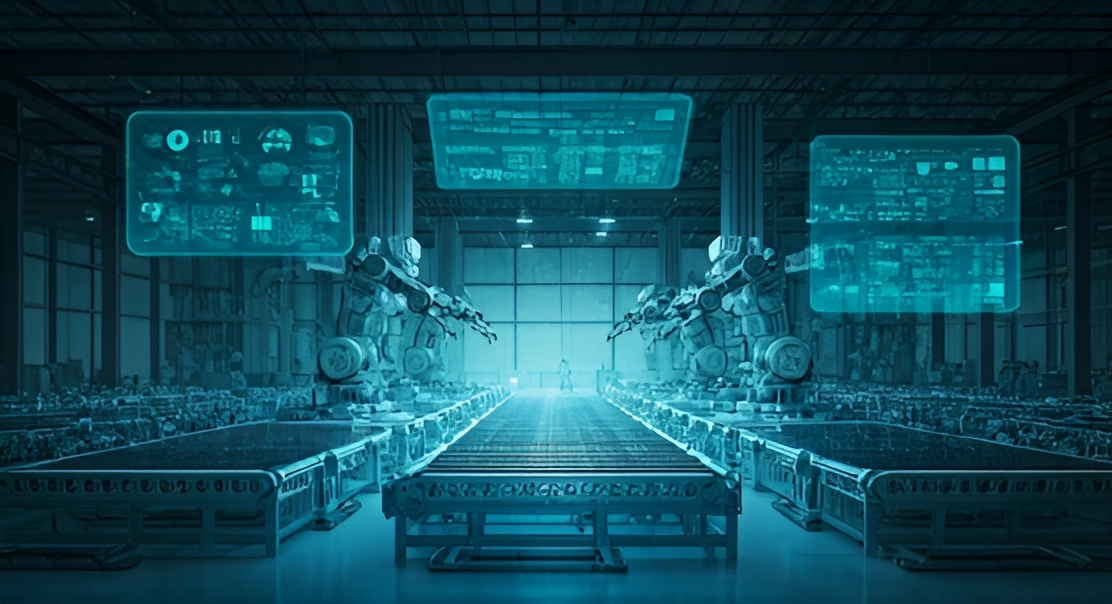The IoT Technology
IoT stands for Internet of Things. Here “thing” is any manmade object or a person that can be assigned an internet protocol (IP). The IoT technology in simplest words can be described as a system in which different objects are connected to the internet and they can collect and transfer a certain bandwidth of data and information on the wireless network without requiring any human intervention. According to statistics right now there are 35.82 Billion IoT devices and this number is expected to rise at a fast pace in the coming years. IoT technology has now become a revolutionize technology, almost everything now we can connect to the internet with help of embedded devices (Embedded devices are the small computer hardware and software which are embedded into objects,). From households to industries most of the appliances and machines can be monitored and controlled via this technology.

The Basic Architect and Working Principle of IoT Technology
The basic structure of the IoT technology is shown below in the figure. The embedded devices, first of all, gather data and information according to their certain functionality, these embedded devices may be sensors, actuators, processors, communication hardware, etc. With further modified circuitry to achieve a specific goal.
Now, these data and information are sent to the IoT cloud (an IoT cloud is a network that supports the IoT devices. This network included server and storage, real-time operations, and also make sure security factors) after going through the IoT Gateway where the data and information collected by the embedded devices thoroughly analyzed. The embedded devices may be connected to the IoT gateway either via a wireless network for instance Bluetooth and NFC or wired. Thereafter the user accesses the control through an application using a mobile phone, laptop, or computer, allowing the end-user to manipulate the physical world that he/she wants to automate utilizing the IoT technology.
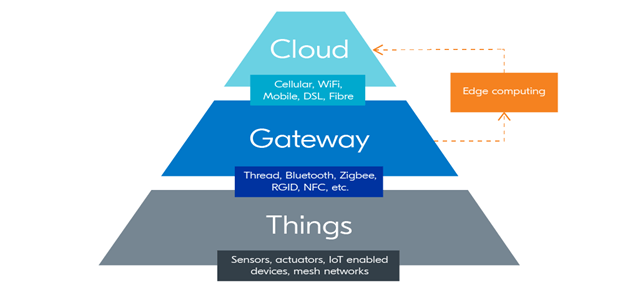
The Role of IoT Technology
The IoT is facilitating our work to be done in a smatter way while utilizing less time and energy consumptions, IoT technology now has become an integral part of home automation, security purposes, and in other vast areas of human lives. IoT also plays an important role nowadays in business providing a real-time look into how their systems works, giving insights about the performances of machines to supply chain and logistics operations. Factories get automated and this leads to a reduction in labor costs. It also helps to optimize the production of a product by reducing waste and improving delivery quality.
What are the Technologies that have made IoT Possible as well as an Advanced and high demand Technology?
Since the idea of IoT technology has been coined before but due to the lack of resources, the unavailability of necessary technologies to give it existence was a hindrance. With the passage of time and development and progress of human intellects interesting things begin to come into existence, thus required technologies for the formation of IoT technology also developed, and consequently such advances in the number of recent technologies has made it practical. The following factors are the prime cause that IoT has been flourished.
Connectivity: A reliable and efficient network protocol has proved to be an integral component of IoT technology. Because of the high band-with data transfer between the embedded systems and the cloud platforms, it has opened a new door to IoT technology.
Cloud Platforms: The easy availability of the cloud platform enables IoT consumers to access the infrastructure they need without going through sophisticated management of the cloud technology and algorithms.
Access to Low Cost Embedded Devices: The low cost, affordable and low power embedded devices like sensors and processors and other basic components are making IoT technology the center of attention for manufacturers.
Enlist Few Pros and Cons of IoT Technology
This is a literal fact that IoT has more advantages than disadvantages, surely IoT is a miracle in the world’s smart world. It is regarded as one of the most promising digital technology that will certainly become more widespread and useful in the coming years. A Few of the crucial advantages of IoT can be:
- Improved and strong communication between electronic devices
- Data and information can be accessed from anywhere at any time
- The automation in industries making less human intervention and reducing labor force for the company
- Cost-effective operations
- Better business opportunities
Everything has at least a few drawbacks along with hundreds of advantages, IoT has also some pros which can be described as:
- Insufficient security drawback of IoT technology is a major concern
- The whole system is Power supply dependent. It additionally requires an infrastructure that makes sure seamless networking and communications between devices
- High skill requirement may also be a problem as there is a dearth of such high skilled operators
What are the top IoT Cloud Platforms?
As the IoT is a widespread high traffic network consisting of various physical objects fitted with embedded devices and software that collect and transfer the data and information with each other and also with the Cloud platforms. There are so many IoT Cloud platforms in the market nowadays. These are provided by different service providers that host a big range of applications.
The most famous and frequently used Cloud platforms are:
- Google Cloud
- Microsoft Azure
- ORACLE Cloud
- Amazon Web Services
- Salesforce
- Particle
- IBM Watson IoT
Important IoT Applications to Know:
- The stats taken in 2019 show the usage of IoT in different areas
- Smart home security system and protections
- Wearable health monitoring small devices
- Biometric cybersecurity scanners
- Smart factory equipment
- Connected appliances
- Smart farming equipment
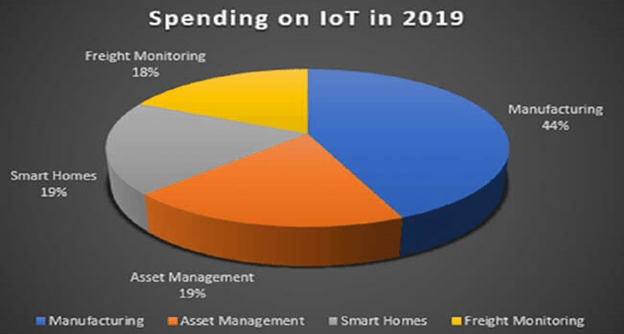
In light of the report latest IDC report, corporate spending on IoT is expected to reach nearly $745 billion by the end of the current year. The above-given chart depicts the percentage of IoT spending by different corporations. Besides these IoT is vast and making human life comfortable and easy in many other areas.
Summary and Conclusions
The IoT technology now has the power to increase the collections and availability of data and information, this is transforming companies and organizations all around the world. Some of the current development will eventually result in greater progress for IoT technology companies.

